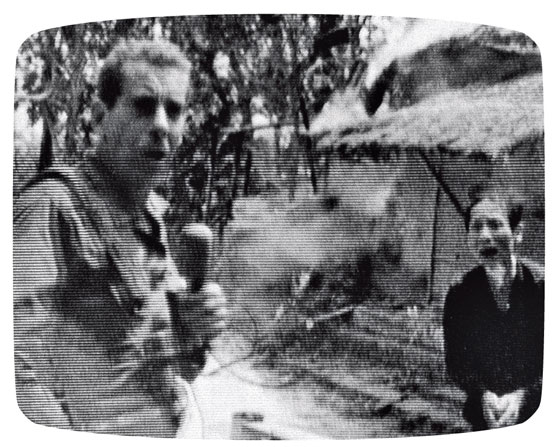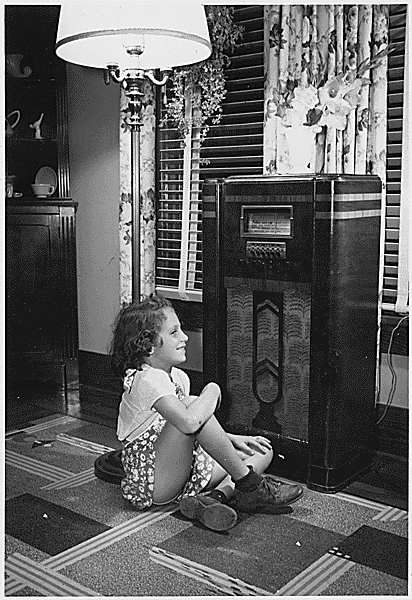While skimming through our textbook contemplating what to write about I stumbled across a text-box on the coverage of the O.J. Simpson trial. It automatically took me back to my childhood, reminding me of the coverage I watched with my parents.
There are certain events that have unfolded throughout the history of journalism that have re-invented the way news is covered. The O.J. Simpson trial was one of those events. In most cases, these events are a big enough deal that people can remember where they were while they were watching each of the episodes take place.
A few of the news stories that registered with enough people to matter on the scale I’m talking about are:
— September 11th
— The Va. Tech shootings
— The Ft. Hood shootings
— President Obama’s election
Accoring to Mitchell Stephens’ textbook, “A History of News,” events of this magnitude “bring people together.” Stephens says that news’ ability to relate people to one another is it’s greatest attribute, more so than it’s ability to re-invent intself or to be spread world-wide in a matter of minutes.
The author made his point using the Simpson case. He talked about a restaurant where many strangers were eating while television screens in-house played live footage of the story… “The eventing when the O.J. Simpson had been located driving in his white Ford Bronco, after apparently trying to escape arraignment in the murder of his wife and her friend,” Stephens said. “News– “Hey, did you hear O.J. escaped?” “Do you think he really did it?” — had once again demonstrated its power to unify, to bring people together.”
I, for the record, remember sitting in my family room watching that footage. My mom did daycare and a bunch of hte kids she watched were sitting there with me watching as well. I don’t know why I remember this so vividly (although I think it’s because I had never heard the saying before that, and have never heard in since), but I I recall my friend’s mom looking at the TV in amazement and saying, “Oh my stars.” We were all in awe, and we were all bonding over it — which according to Stephens is what makes news coverage great.

.bmp)






 t
t 
 the radio, though presentation is still important to that medium as well.
the radio, though presentation is still important to that medium as well.


